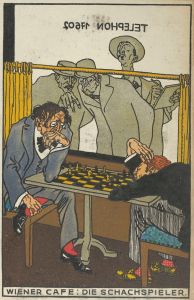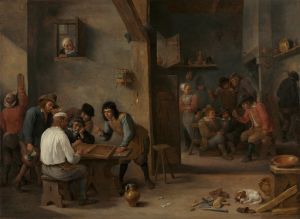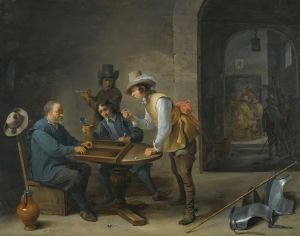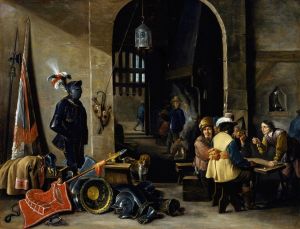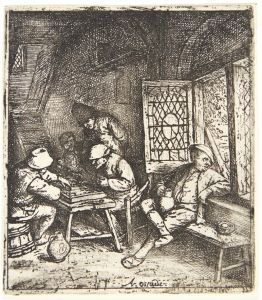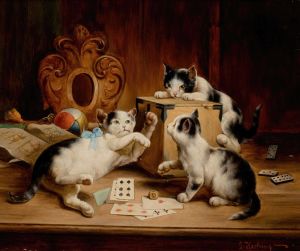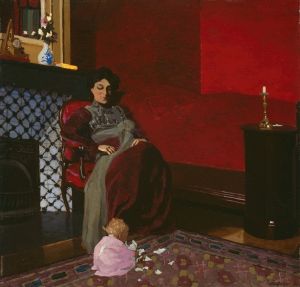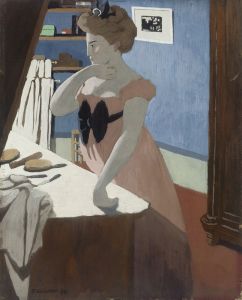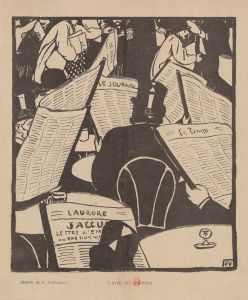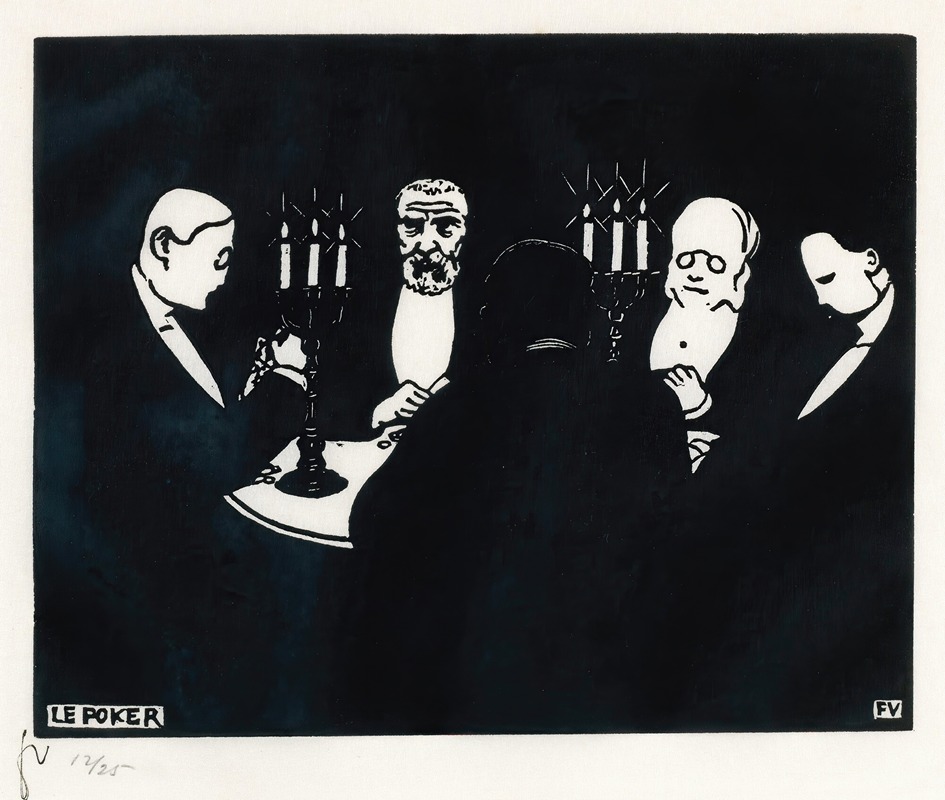
The Pokergame
A hand-painted replica of Félix Vallotton’s masterpiece The Pokergame, meticulously crafted by professional artists to capture the true essence of the original. Each piece is created with museum-quality canvas and rare mineral pigments, carefully painted by experienced artists with delicate brushstrokes and rich, layered colors to perfectly recreate the texture of the original artwork. Unlike machine-printed reproductions, this hand-painted version brings the painting to life, infused with the artist’s emotions and skill in every stroke. Whether for personal collection or home decoration, it instantly elevates the artistic atmosphere of any space.
Félix Vallotton's painting "The Poker Game" is an intriguing work by the Swiss-French artist, known for his association with the Nabis group and his distinctive style that often combined elements of realism and symbolism. Vallotton, born in 1865 in Lausanne, Switzerland, became a prominent figure in the Post-Impressionist movement, contributing significantly to the development of modern art in the late 19th and early 20th centuries.
"The Poker Game" was completed in 1902, during a period when Vallotton was exploring themes of domestic life and interpersonal relationships. This painting is a notable example of his ability to capture the psychological tension and underlying narratives within seemingly mundane scenes. Vallotton's work often delves into the complexities of human interactions, and "The Poker Game" is no exception.
In this painting, Vallotton depicts a group of men engaged in a game of poker, a popular card game that involves skill, strategy, and a degree of chance. The setting is an intimate interior space, characterized by subdued lighting and a sense of quiet concentration. The composition is carefully arranged, with the figures positioned around a table, their expressions and body language suggesting a mix of camaraderie and competition.
Vallotton's use of color and light in "The Poker Game" is particularly noteworthy. He employs a palette of muted tones, with subtle contrasts that enhance the mood of the scene. The lighting is soft, casting gentle shadows that add depth and dimension to the figures and the surrounding environment. This careful attention to detail reflects Vallotton's skill as a painter and his interest in creating atmospheres that evoke emotion and contemplation.
The painting also exemplifies Vallotton's characteristic style, which often includes flat areas of color and a certain degree of abstraction. His approach to form and composition is both precise and stylized, lending the work a sense of clarity and focus. This stylistic choice aligns with the broader tendencies of the Nabis group, who sought to move beyond the naturalism of Impressionism and explore more symbolic and expressive forms of representation.
"The Poker Game" is housed in the Musée d'Orsay in Paris, which holds an extensive collection of works by Vallotton and other artists of his era. The museum's collection provides valuable insights into the artistic movements of the time and Vallotton's role within them.
Overall, "The Poker Game" is a testament to Félix Vallotton's unique artistic vision and his ability to capture the subtleties of human interaction. Through his careful composition and nuanced use of color and light, Vallotton invites viewers to ponder the dynamics of the scene and the broader themes of chance, strategy, and human connection.






